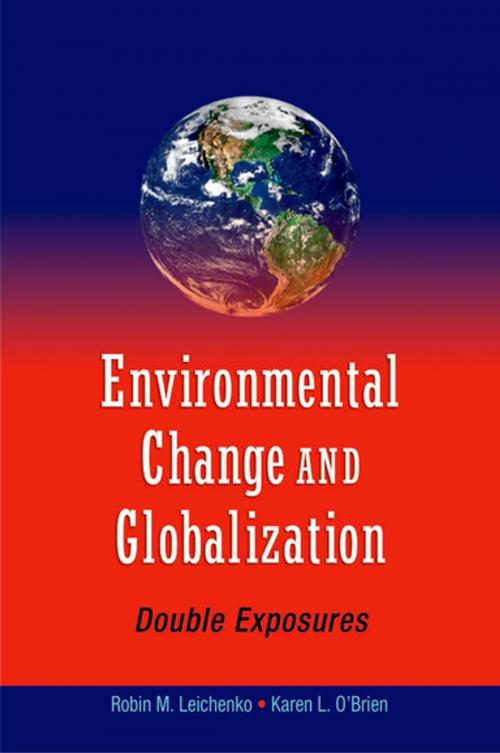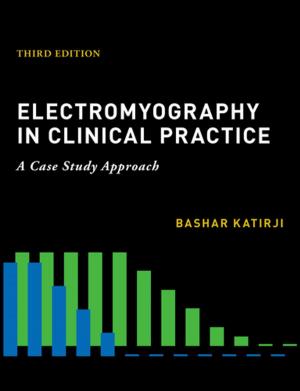Environmental Change and Globalization: Double Exposures
Nonfiction, Science & Nature, Science, Earth Sciences, Geography, Social & Cultural Studies, Political Science, Social Science| Author: | Robin Leichenko, Karen O'Brien | ISBN: | 9780199884261 |
| Publisher: | Oxford University Press | Publication: | August 28, 2008 |
| Imprint: | Oxford University Press | Language: | English |
| Author: | Robin Leichenko, Karen O'Brien |
| ISBN: | 9780199884261 |
| Publisher: | Oxford University Press |
| Publication: | August 28, 2008 |
| Imprint: | Oxford University Press |
| Language: | English |
This book explores the connections between two of the most transformative processes of the twenty-first century, namely climate change and globalization. In this book, Leichenko and O'Brien present a conceptual framework for analyzing the interactions between these two processes, and illustrate, through case studies, how these interactions create situations of "double exposure." Drawing upon prominent recent and current climate-related events -- Hurricane Katrina in New Orleans, recurring droughts in India, and the melting of Arctic sea ice -- the case studies each demonstrate a different pathway of interaction between globalization and global environmental change. Through exploration of these pathways of double exposure, the book also shows how broader human security concerns including growing inequalities, growing vulnerabilities, and unsustainable rates of development are integrally connected to both processes of global change. The double exposure framework not only sheds light on the challenges raised by these two global processes, but also reveals possibilities for using the interactions to generate positive opportunities for action.
This book explores the connections between two of the most transformative processes of the twenty-first century, namely climate change and globalization. In this book, Leichenko and O'Brien present a conceptual framework for analyzing the interactions between these two processes, and illustrate, through case studies, how these interactions create situations of "double exposure." Drawing upon prominent recent and current climate-related events -- Hurricane Katrina in New Orleans, recurring droughts in India, and the melting of Arctic sea ice -- the case studies each demonstrate a different pathway of interaction between globalization and global environmental change. Through exploration of these pathways of double exposure, the book also shows how broader human security concerns including growing inequalities, growing vulnerabilities, and unsustainable rates of development are integrally connected to both processes of global change. The double exposure framework not only sheds light on the challenges raised by these two global processes, but also reveals possibilities for using the interactions to generate positive opportunities for action.















